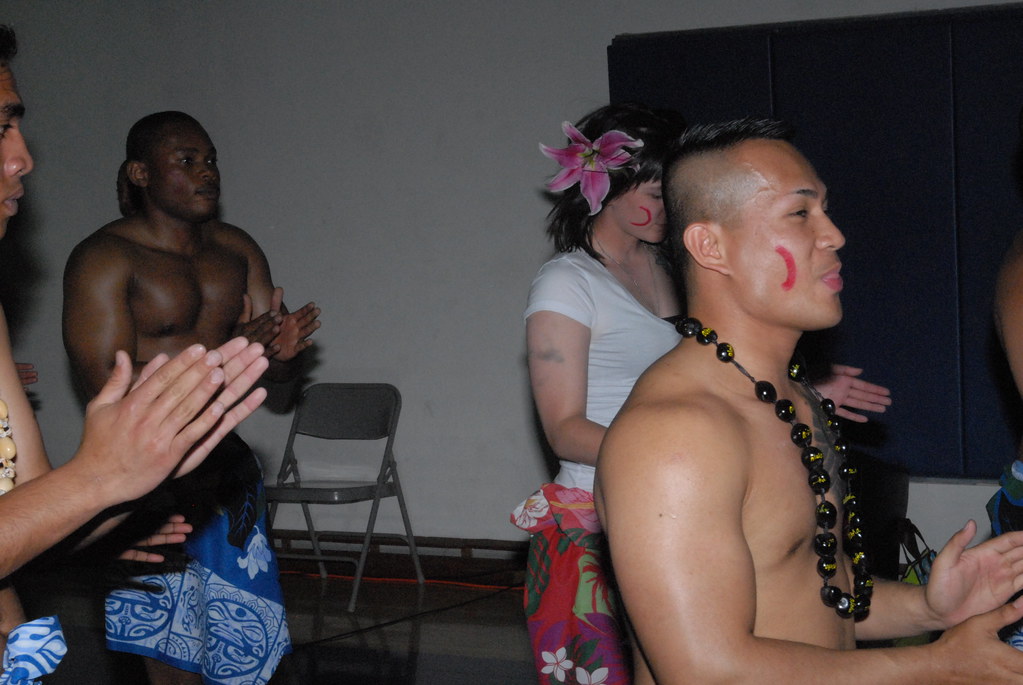Female’s contributions to the European inclusion process are typically overlooked, despite their significant tasks at both domestic and international amounts. The efforts of people like the first twelve associates of the Common Assembly ( forerunner to the European Parliament https://www.oxfordlearnersdictionaries.com/definition/english/st-valentine-s-day) and other females who held a variety of positions at both the European and local levels, need to be better understood in order to complete our photo of the first years of Eu inclusion.
While revealing women’s roles, these contributions also draw notice to the ways in which women’s bureau is often challenged by a host of gender- particular elements. While this modern book is overtly and expressly about female agency in eighteenth- century European towns, it also places female activity and decisions unequivocally in a very gendered world of town associations, laws, rules, customs and ideologies that both complicated and shaped their day- to- day experiences. The authors highlight the pragmatism and limitations of this gendering of their worlds, while demonstrating that gender analysis can be compatible with relational models of agency.

In the age of Brexit and rising populism, it’s more important than ever to understand how digital equity can be promoted for all people and communities in Europe. Whether it is through the development of innovative digital skills programmes or in supporting the expansion of tech companies, we need leadership at all levels to make sure that all of us have the tools and opportunities https://eurobridefinder.com/norwegian-brides/ we need to thrive in the digital economy.